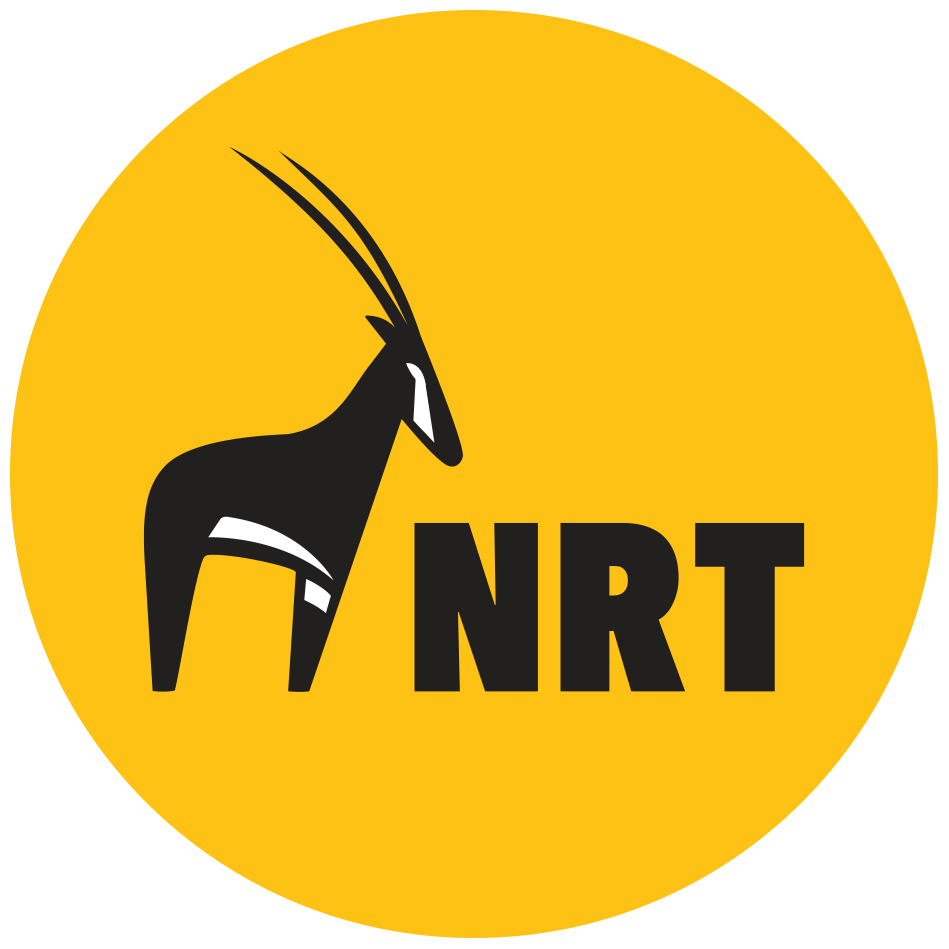Press Release: Rare Antelope Making a Comeback in Garissa Sanctuary
18th April 2018 – Africa’s most endangered antelope, the hirola, is making a comeback thanks to the efforts of a remote community in Garissa County, northern Kenya. A recent aerial and ground survey conducted by the Ishaqbini Hirola Community Conservancy and the Northern Rangelands Trust concluded that there has been a 140% increase in the number of animals in the Ishaqbini Hirola Sanctuary since it was established in 2012. The fate of hirola outside the sanctuary, however, remains dire and numbers in the free-ranging population continues to decline.
Most people have never even heard of the hirola. It is an unassuming, fawn coloured antelope with white spectacles, endemic to Kenya and Somalia. In the mid 1970s there were an estimated 10 to 15,000 hirola in the wild, but disease had wiped out 85-90% of the population by 1985. There are thought to be only 400- 500 hirola remaining, surviving in pockets of northeastern Kenya. One of the last strongholds for hirola is Garissa County, where in 2007 the local pastoralist community established the Ishaqbini Hirola Community Conservancy.
“The local community see hirola as a blessing” said Ahmednoor Abdi Maalim, manager of the Ishaqbini Hirola Community Conservancy. “They connect the growth of their wealth with the presence of hirola and that is why they chose to assign part of their livestock grazing land to hirola conservation.”
Ishaqbini is one of 35 community conservancies supported by the Northern Rangelands Trust (NRT). In 2010 Ishaqbini approached NRT and the Kenya Wildlife Service (KWS) for support in establishing a specialist predator-proof sanctuary for hirola, in order to secure a breeding herd that could eventually serve to repopulate the wider area.
With support from NRT, KWS, The Nature Conservancy and IUCN, 48 hirola were moved into the 3,000 hectare enclosure in August 2012. This was the first fenced sanctuary on community land in Kenya dedicated for the conservation of a critically endangered species.
Since then, increased community awareness and support for the project and effective management of the predator-proof sanctuary by Ishaqbini Conservancy has enabled the hirola population to grow at an average of 15-20% per year.
By mid 2016 the population had reached 100 individuals; over double the initial population of 48 in just 3.5 years. The recent survey concluded that the population now stands at an estimated 115 individuals, the highest number yet. This is despite the severe drought in late 2016/early 2017.
“This achievement has happened through collective efforts of the Ishaqbini community, NRT and donors like San Diego Zoo, with Government support through KWS. It is proof that community-driven wildlife management works very well. We are working to continue into the next phase of this project, and we hope to see increasing numbers of hirola across Garissa County” said Mr. Maalim.


